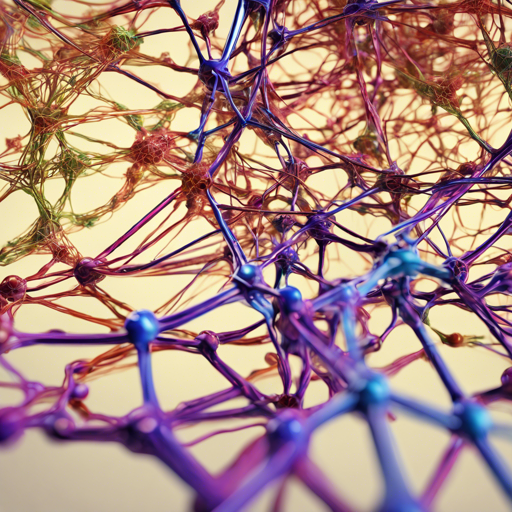Welcome to the world of Deep Complex Networks! This guide will help you set up your environment and run experiments as outlined in the groundbreaking paper Deep Complex Networks. Whether your interest lies in computer vision or music applications, we have your back!
Requirements
Before you dive into the experiments, you will need to install a few packages. Depending on your focus area, there are different requirements:
- For Computer Vision Experiments:
pip install numpy Theano keras kerosene - For Music Experiments:
pip install scipy sklearn intervaltree resampypip install git+git://github.com/bartvm/mimir.git
Installation
Once you have the required packages, you can install the project itself with the following command:
pip install .Experiments Overview
Now that you’re set up, let’s discuss how to run various experiments in both computer vision and music.
1. Computer Vision Experiments
- To view the available options, run:
python scripts/run.py train --help - To execute the model training:
python scripts/run.py train -w WORKDIR --model real,complex --sf STARTFILTER --nb NUMBEROFBLOCKSPERSTAGE
For additional options, check run.py train --help for more configuration settings, such as optimizer settings, dropout rates, and clipping.
2. MusicNet Experiments
- First, download the dataset from the official page:
mkdir datawget https://homes.cs.washington.edu/~thickstn/media/musicnet.npz -P data - Next, resample the dataset:
resample.py data/musicnet.npz data/musicnet_11khz.npz 44100 11000 - Now, run shallow models:
train.py shallow_model --in-memory --model=shallow_convnet --local-data data/musicnet_11khz.npztrain.py shallow_complex_model --in-memory --model=complex_shallow_convnet --complex --local-data data/musicnet_11khz.npz - If you’re looking to run deep models:
train.py deep_model --in-memory --model=deep_convnet --fourier --local-data data/musicnet_11khz.npztrain.py deep_complex_model --in-memory --model=complex_deep_convnet --fourier --complex --local-data data/musicnet_11khz.npz - Finally, visualize the results using Jupyter Notebook:
Run the notebook notebooks/visualize_musicnet.ipynb
Troubleshooting Tips
If you run into issues while setting up or executing experiments, consider these troubleshooting ideas:
- Ensure that all required packages are installed correctly.
- Confirm that your Python installation is compatible with the listed packages.
- If you encounter memory issues, consider running your models on smaller subsets of the dataset.
- Check for typos in file paths and command syntax.
- For more insights, updates, or to collaborate on AI development projects, stay connected with fxis.ai.
Conclusion
With the outlined steps, you’re now well-equipped to dive into the world of Deep Complex Networks, whether your focus is computer vision or music-related tasks. This framework allows for robust experimentation and innovative developments in the AI domain.
At fxis.ai, we believe that such advancements are crucial for the future of AI, as they enable more comprehensive and effective solutions. Our team is continually exploring new methodologies to push the envelope in artificial intelligence, ensuring that our clients benefit from the latest technological innovations.

